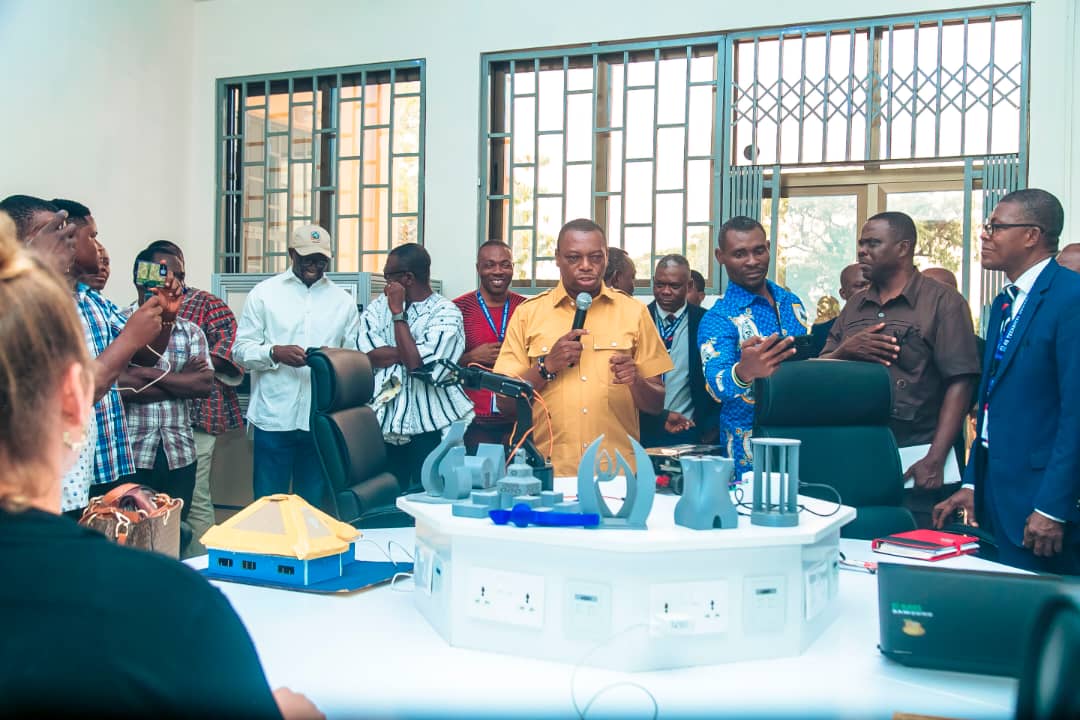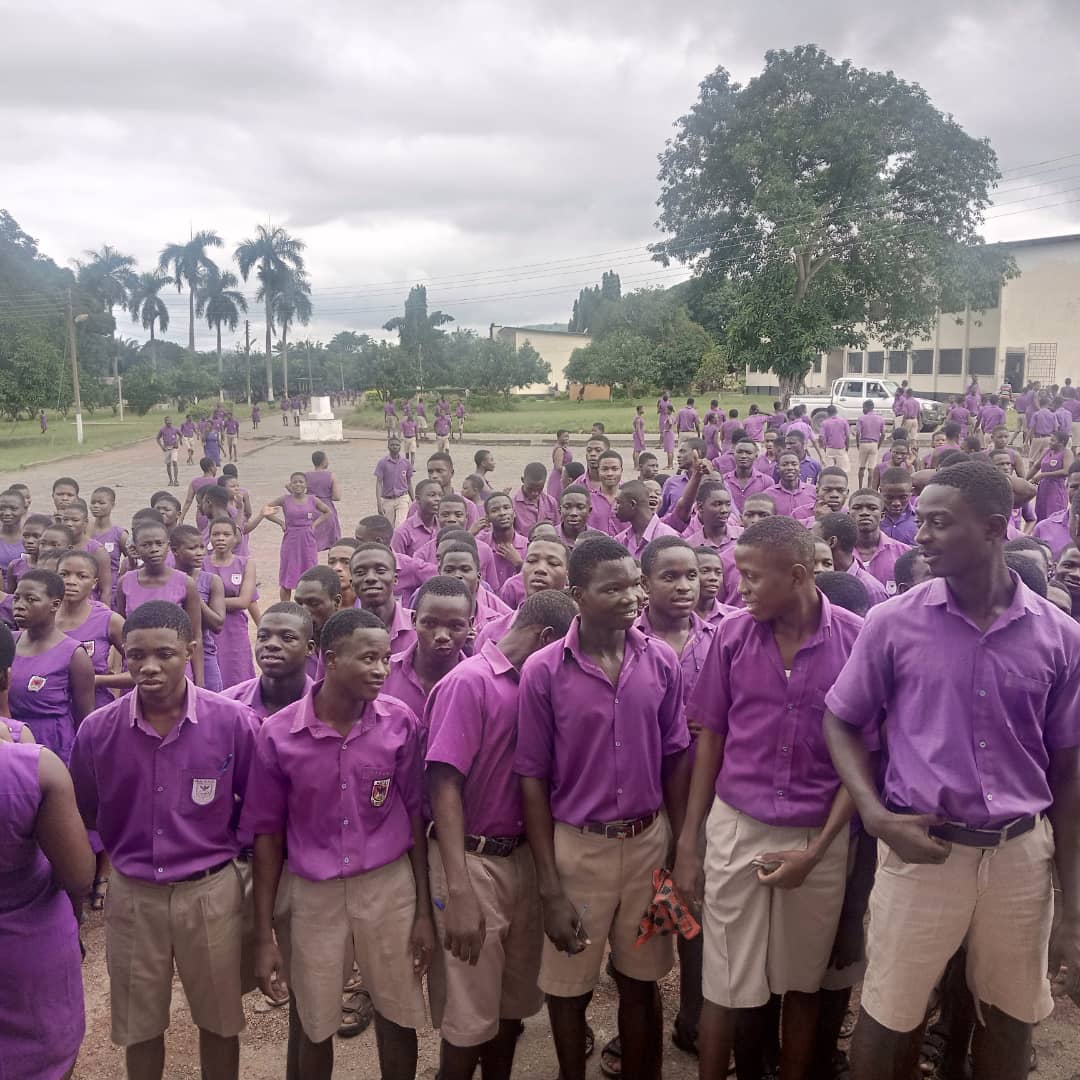- The US Fed cut interest rates by more than expected. So what?
- Southwest Airlines tells staff 'difficult decisions' ahead in push to boost profits
- You can't always refinance a mortgage to capitalize on lower rates: Here's when a lender may say 'no'
- Gold strikes record high as Fed rate cut maintains bullish mood
- Minneapolis Fed President Kashkari sees a slower pace of rate cuts ahead

Enigmatic archaeological site in Madagascar may have been built by people with Zoroastrian origins, research suggests
At the turn of the first millennium AD, an unknown group of people lived in the inland Isalo massif of southern Madagascar. Here, they built vast terraces and carved large stone chambers and small hollow rock niches. The architecture is unlike anything else found in Madagascar or the adjacent East African coast. Who built these structures, when they arrived, and why was unknown.
However, research by archaeologists Prof. Dr. Schreurs and his colleagues published in Azania: Archaeological Research in Africa suggest that a Zoroastrian community in Madagascar may have constructed the archaeological site of Teniky around 1,000 years ago.
Today, Teniky is located in the Isalo National Park. The site's existence has been known for over 100 years; however, no detailed excavations have been undertaken there until now. The site was visited by French naturalists Alfred and Guillaume Grandidier in the 1940s, who hypothesized that the site had been constructed by passing shipwrecked Portuguese sailors as they traversed the island in hopes of coming across a port. Two decades later, a trench excavation during the 1960s uncovered a Chinese jar sherd dating to the 16th century.
Schreurs explains why the site was not investigated in greater detail until now, "Arriving at the site requires a strenuous walk of nearly 20 km across a rugged terrain. All the equipment and food has to be carried to the site. It also has to be mentioned that archaeological research in Madagascar always requires collaboration with local institutions and authorizations from different ministries (which is sometimes challenging).
"Our project is a collaborative project between the Institut de Civilizations/Musée d'Art et d'Archeologie (ICMAA) of the University of Antananarivo, the University of Bern and the University of Fribourg."

- September 22, 2024
Ho Technical University’s Fab Lab commissioned


- September 22, 2024
Protect the prosciutto: Italy battles swine fever

- September 22, 2024
Scientists explore origins of horseback riding through human skeletons



- September 22, 2024
Maiduguri private hospital laments impact of flood, seeks help

- September 23, 2024
Australian crater could offer fresh insight into Earth's geological history

- September 22, 2024
2024 WASSCE ends successfully in Kadjebi

- September 23, 2024
'Litigant shopping' for Supreme Court cases can backfire

- September 23, 2024
Why do large electorates tend towards evenly split results?
Subscribe to our mailing list to get the new updates!

Subscribe our newsletter to stay updated
Thank you for subscribing!



